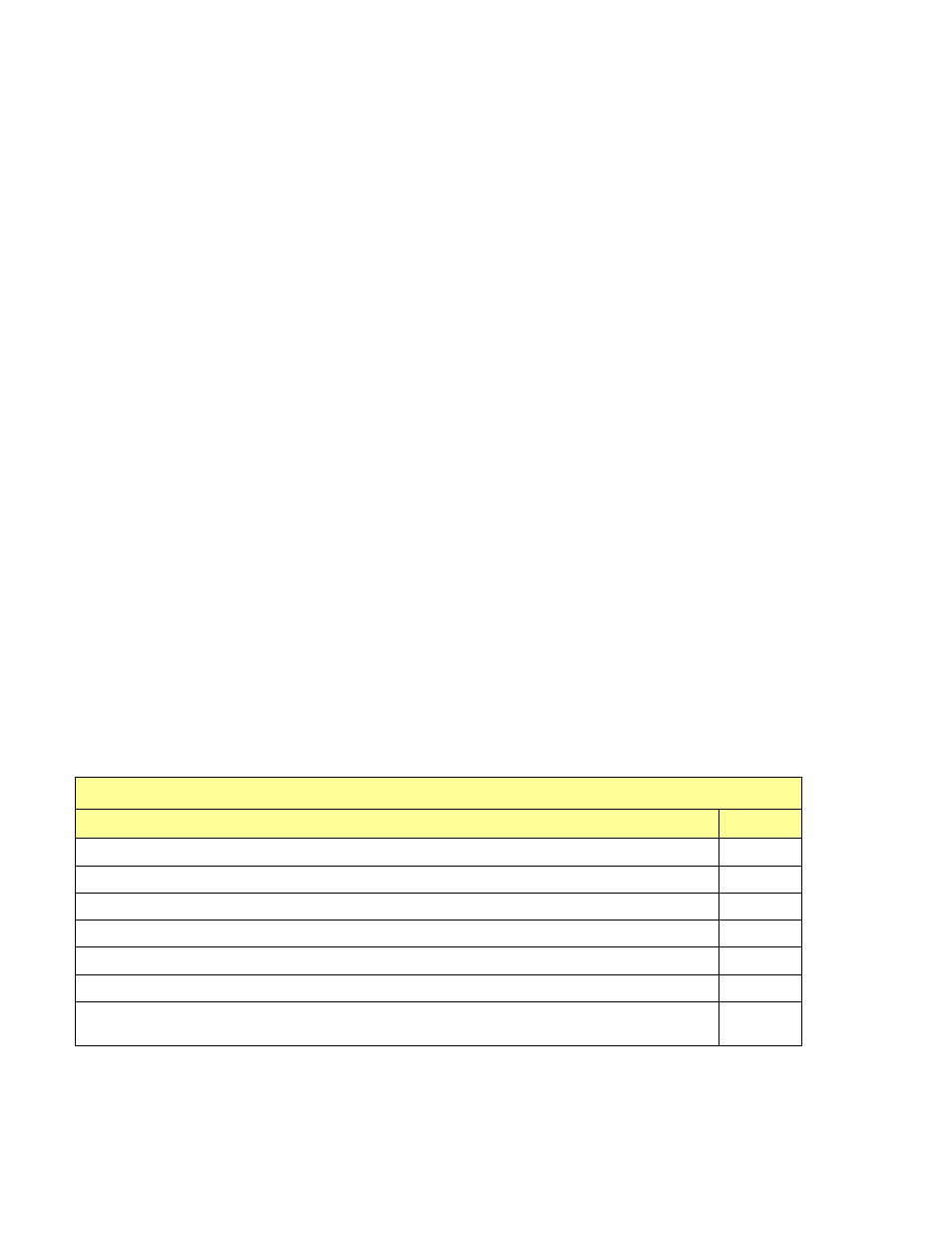Flue draft measurement – Retrotec Residential Pressure & Air Leakage User Manual
Page 39

Page 39 of 75
Clothes dryers
Laundry room exhaust
Attic exhaust
HVAC air handler
Central vacuum with canister in unconditioned space
To conduct a Worst Case Depressurization Test
1. Connect the red pressure tube to the “Ref A” (red) port on the gauge, and run it outside.
2. Press [Baseline] to start taking a baseline reading.
3. Wait for 60 seconds. Press [Enter] to apply the baseline to the Channel A readings.
4. Turn on all of the exhaust devices.
5. Close interior doors that do not lead to rooms with an exhaust device.
6. Interior doors can have different effects on house pressure. Some experimentation may be required
when choosing to open or close an interior doorway. Monitor the interior pressure when interior
doors are open. If the CAZ pressure becomes more negative, close the door, if not, the door can be
left open.
7. A Blower Door can be used to simulate exhaust of 300 CFM for houses with fireplaces.
Note: It is not safe to test with an actual fire burning.
8. Turn on the air handler.
9. If the pressure in the CAZ increases (becomes more positive), turn the air handler off. Interior door
positions may need to be changed with the air handler on.
10. Once the most negative possible pressure has been reached, record the value of “PrA” from the
gauge as the Worst Case Depressurization pressure.
Test each room with a combustion appliance. Depending on the appliances, there are safety standards that help
determine the maximum safe depressurization limits. In general, a negative pressure in excess of -3 Pa would
indicate a possible unsafe situation for atmospherically vented appliances. Induced draft appliances will not
cause air quality problems until the negative pressure reaches -15 Pa. Discontinue testing if an excessive
negative pressure develops. Potentially deadly buildups of Carbon Monoxide (CO) are possible if combustion
appliances continue to run with a negative pressure in the house.
Table 7: BPI CAZ Pressure Limits
CAZ Depressurization Limits
Venting Condition
Limit (Pa)
Orphan natural draft water heater (including outside chimneys)
-2
Natural draft boiler or furnace commonly vented with water heater
-3
Natural draft boiler or furnace with damper commonly vented with water heater
-5
Individual natural draft boiler or furnace
-5
Induced draft boiler or furnace commonly vented with water heater
-5
Power vented or induced draft boiler or furnace alone, or fan assisted DHW alone
-15
Chimney-top draft inducer; exhaust type or equivalent; high static pressure flame retention head oil burner;
Direct vented appliances; Sealed combustion appliances
-50
5.1.2. Flue Draft Measurement
